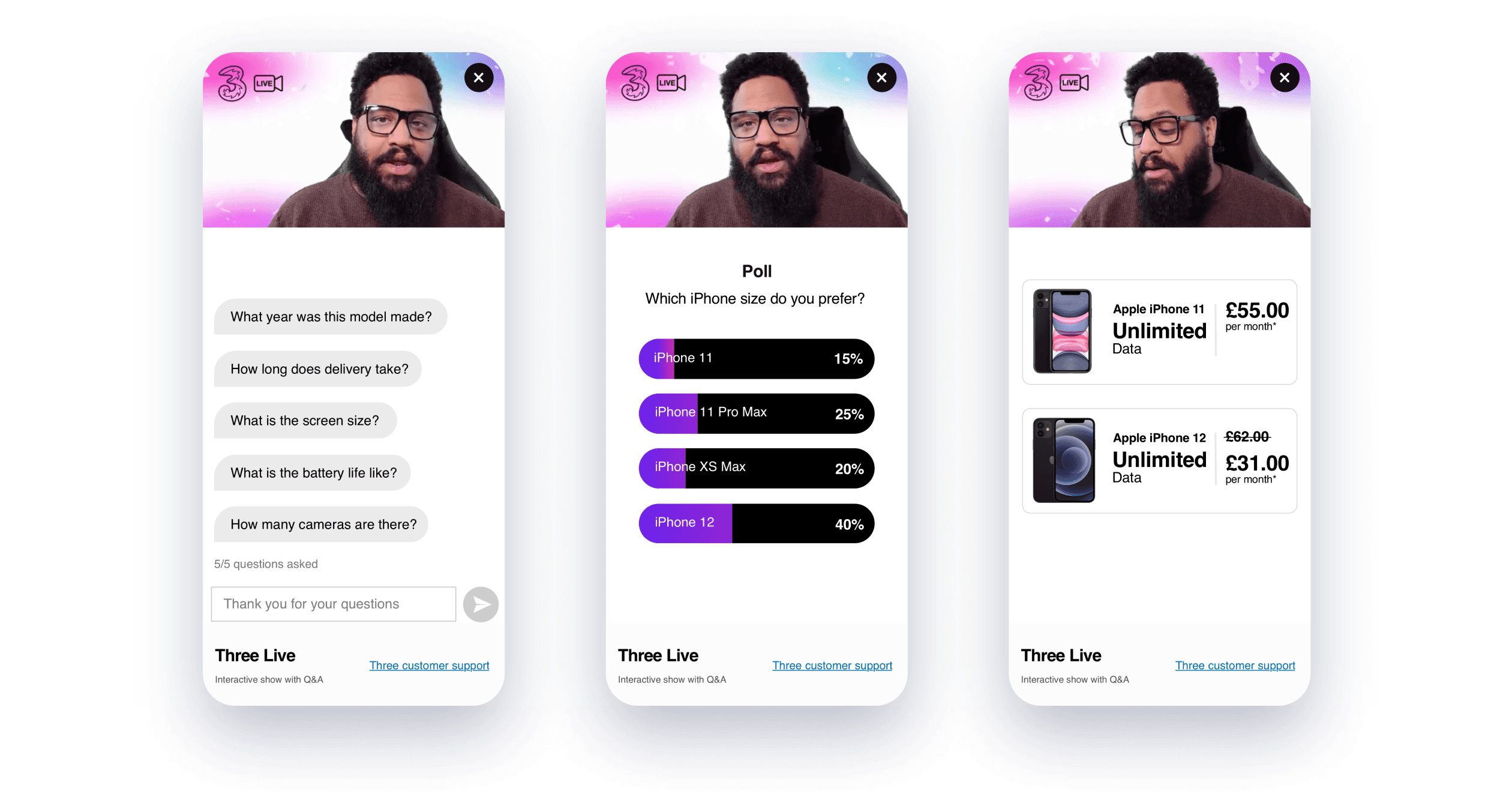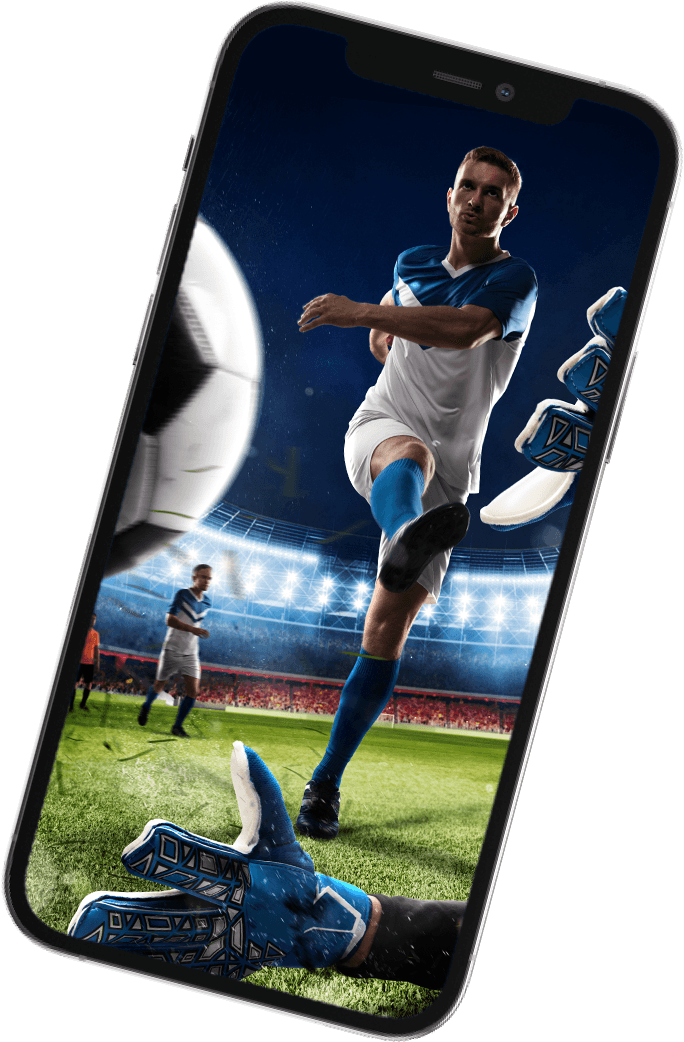Live Commerce: Where shopping meets streaming
Many American and European marketers are just learning about live commerce. But our colleagues working in Chinese markets are well-acquainted with the $60-billion industry that many are calling the future of sales. According to Coresight Research, the U.S.’s live-streaming market is expected to reach $25 billion by 2023.
Live commerce combines live video streaming with viewers’ ability to interact with the seller and buy products immediately in the stream. Live commerce closes the gap between customer and product, quickly and seamlessly turning viewers into paying customers.
At Monterosa, we’ve seen how brands building a D2C model can not only utilise live commerce to drive sales but build it into their existing digital properties. This tactic can generate valuable first-party data to drive long-term engagement and growth. If your business sells directly to consumers, it might be time to consider exploring the possibilities of live commerce.
The unique advantages of live commerce
With more and more brick-and-mortar shops closing, customers are hungry for interaction with their chosen brands. Live commerce invites users to not only watch live content but interact with the brand rep or influencer, asking questions and receiving specific advice. And the immediacy of live streaming creates a sense of intimacy and interactive experience that can propel sales. Live commerce provides a more engaging and frictionless shopping experience, making it easier and more compelling to buy.
But beyond its selling power, live commerce also offers brands access to valuable first-party data that can be used for retargeting and retention. This, however, is contingent upon brands building live commerce into their digital properties. More on that later.
Live commerce can also serve as a vital part of an omnichannel retail strategy. But it’s important to note that the benefits of live commerce are not exclusive to retailers. Technology brands like Three are using it to drive engagement and answer product-related questions. And because Three hasn’t gated the experience behind a sign-up, anyone who visits Three’s website has the opportunity to engage.

Engaged audiences
This will probably come as no surprise, but the majority of live-streaming viewers are Gen Z and millennials, the latter of whom spends $600 billion annually. Young consumers are strongly influenced by social media content creators and are coming to prefer purchasing through live-streaming programs. But live-stream shoppers can also skew more senior, as seen with Three’s open-to-all interactive service platform and more and more heritage brands (particularly in beauty) stepping into the virtual space.
These customers want— and get— a personalised experience through their phone. They can ask questions about the product, and have a guided experience through a brand’s product offering. This can appeal to shoppers of all ages and backgrounds.
Live commerce platforms
Many social media platforms have incorporated live commerce into their streaming capabilities. Instagram introduced Live Shopping last year, and Facebook is slowly rolling out Facebook Shops. Amazon Live and YouTube also offer select businesses live commerce capabilities.
The risk here is that, like with any data shared on a social platform, you don’t own it. And while having a massive number of viewers on your live stream can be exciting, if you can’t convert viewers into paying customers, you can’t know who they are or how to retarget them again. For a truly customised and seamless experience, brands are coming to find that it makes the most sense to build live commerce into their existing digital properties.
Monterosa’s Interaction Cloud can deploy quickly, at scale, and embed layers of interactivity like Polls, Q&A, Quiz, and Shoppable elements within the live streaming experience creating a Live Commerce solution. The goal of a live commerce experience is to sell. But it would be short-sighted to see sales as the only benefit. Live commerce also creates an opportunity to make direct communication between a visitor and your brand. Using Monterosa’s interactive layers for polls, Q&A and quizzes allows you to get to know your target audience better so you can personalise their experience. This is a way to deliver a quick, scalable and easy-to-deploy experience that looks consistent with your brand.
Many of our clients have adopted our Interaction Cloud because they can embed the experience into their websites or apps and control the quality of the experience— and own the data the experience generates. This is a huge value-add.
Live commerce: Making a live stream a revenue stream
Analysts say it’s only a matter of time before live commerce dominates the sales landscape. Whether you use an existing social media platform or build it into your digital properties, live commerce can be the shortest distance between a viewer and a purchase.
Live commerce not only generates engagement and sales, but when built into your website or mobile app, can offer valuable first-party data to generate meaningful, long-term growth.
Want to see what Monterosa can build for you? Get in touch, and let’s talk about how embedding live commerce in your digital properties can transform your business.



















